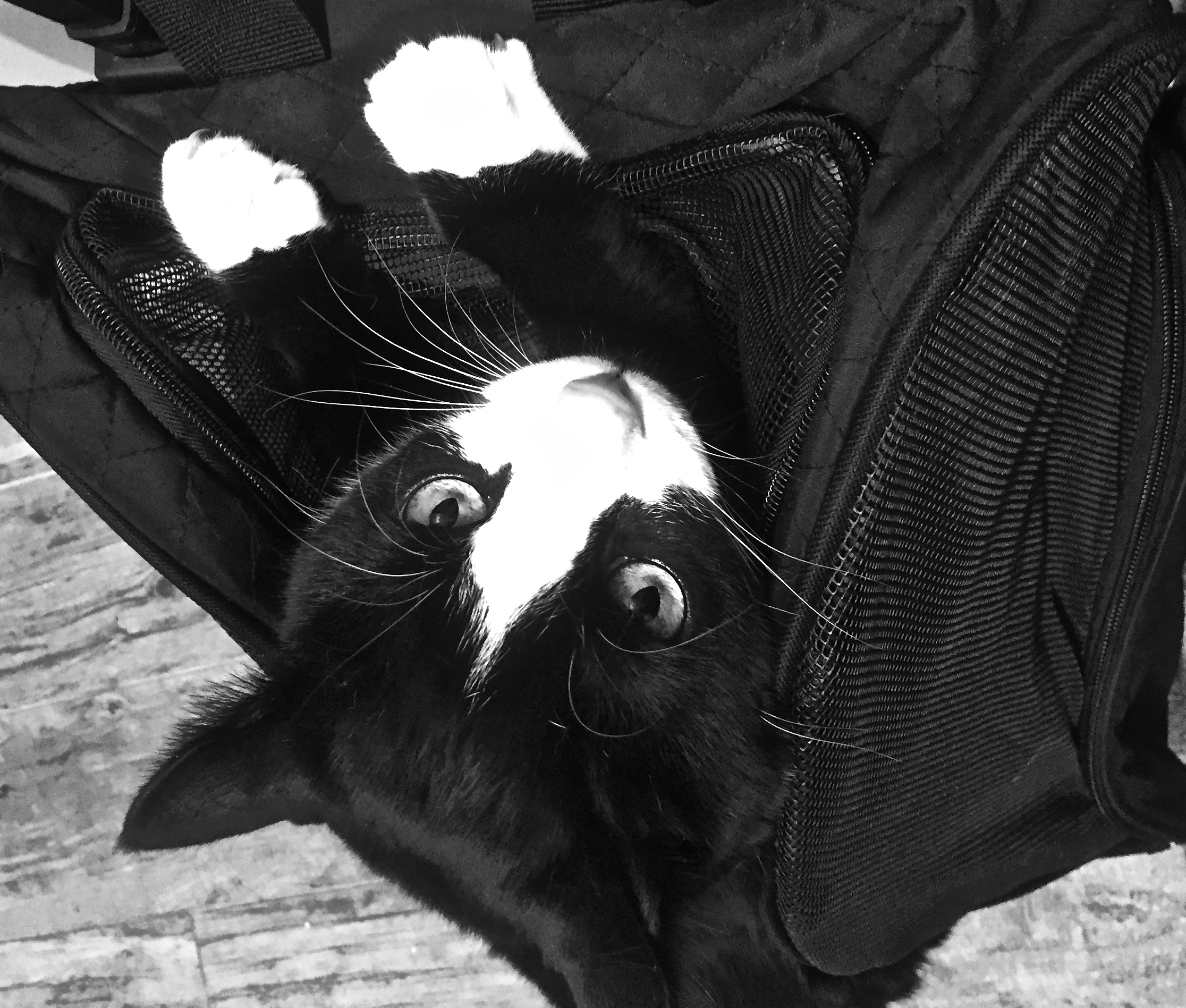The Lesser Known, but not Lesser, Symbol of Thanksgiving
The turkey is the undisputed star of Thanksgiving. In its role as seasonal symbol and ill-fated mascot, the turkey has been the subject of many an article, a Wikipedia page, and a podcast. There's an entire hotline dedicated to cooking it. We buy special platters just to serve it on. An entire genre of side dish exists solely to complement it. The turkey, it's safe to say, is officially a Very Big Deal.
Which makes it all the sadder that the public takes its more colorful cousin for granted. For there's another type of turkey that makes an appearance every November in classrooms from sea to shining sea. This turkey is dryer than even the most over-cooked tabletop bird. It's frequently misshapen, suggesting a strong propensity toward genetic disorders. Its feathers, though beautiful, are often of such a vivid hue that they render this unfortunate bird unfit for a camouflaged life in the wild. I speak, of course, of the hand turkey.
For those of you who skipped kindergarten, the hand turkey is a doodle of such simplicity, such genius, that it can render even the youngest or most artistically inept among us a budding John James Audubon. You simply place a hand on a piece of paper, fingers and thumb spread, and trace around it with a pencil or brown crayon. Your thumb becomes the noble bird's head, your palm is its body, and, with a savvy use of crayons, each finger becomes a different colorfully plumed feather. Add a couple scrawny bird eggs, a beak, and a creepy nouveau-dinosaur eye, and you've got yourself a turkey.
Tragically, neither ornithologists nor historians have given the hand turkey the attention it deserves, Information on its origins and evolution is difficult to come by. A single source dates them to the 13,000-year-old cave paintings at Lascaux, France, although the lack of corroboration on this point casts doubt upon this source's reliability. The theory does have a certain elegance, given the extensive use of hand prints at the site, but if these ancient artists made the creative link to transforming the prints into portraits, their handiwork has unfortunately not survived the millennia. Other sources are opaque, rendering an official biography of the hand turkey impossible. With sufficient public support and outcry, researchers will continue their endeavors, but if this is an issue that you care about, you cannot be too vocal in your calls to Congress and other civic actions. The hand turkey lacks the same powerful lobby that many other animals and scientific causes have in Congress, and without hearing from their constituents, your elected officials are unlikely to take action.
If you are concerned with the future of the hand turkey as well as its past, the best thing you can do is to draw your own. When you're sitting in a tedious meeting, grab pen and paper and draw a hand turkey. When you can't read another page of your homework, draw a hand turkey. (Little known fact: a small phenotype of hand turkeys have feathers colored by highlighters, not crayons.) When your children have put their crayons neatly away and gone to bed, draw a hand turkey. They're kids; if you leave the crayons out and blame them in the morning, what are they going to do?
The important thing is not the how or the when or the why. It is the what. If we all engage on this issue, the hand turkey could gain on its tastier cousin. The President could be pardoning hand turkeys, not their pea brained brethren. Raise your voice for this underrepresented minority, and raise a glass of your Beaujolais in its honor. Hand turkeys are part of our national culture; lets give them a place at our table!






